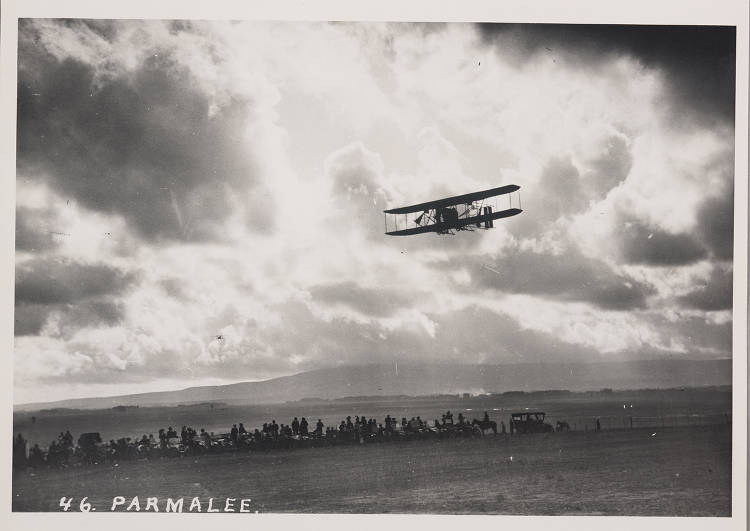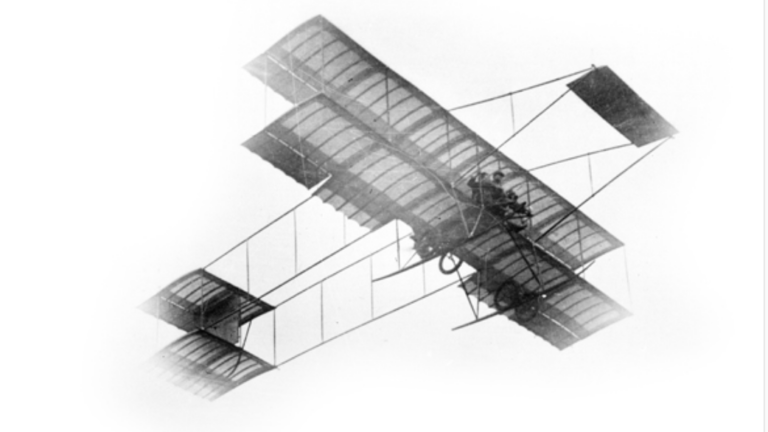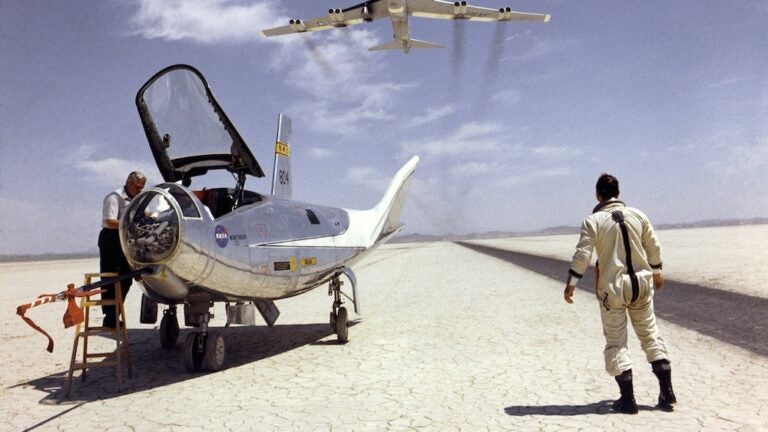Southern California as we know it would not exist without aerospace. Over the twentieth century millions of people flooded Southern California for aerospace jobs, transforming the region from a collection of sleepy agricultural groves to a sprawling high-tech nexus on the Pacific Rim. Southern Californians learned to live with sonic booms, security clearances, test-rocket firings that flashed and echoed in the foothills, and an economy tied to the vagaries of defense spending. In doing so, they helped provide one of the defining symbols of modern technological culture in the twentieth century.
Southern California aerospace helped the U.S. win World War II and the Cold War, from propeller-driven airplanes to strategic missiles, spy satellites, and stealth aircraft. Its commercial aircraft and communications satellites have connected continents and impelled globalization. And the Southern California’s central contributions to the civil space program, including the moon landing and the exploration of the solar system, challenged the human imagination.
Aerospace is central to American and world history in the 20th and 21st centuries. The Aerospace History Project is documenting this history in a collaboration between USC and the Huntington Library, under the Institute on California and the West. The project is collecting the papers and oral histories of key individuals and institutions across the aerospace industry, creating a permanent, central resource.
In fall 2010, some 25,000 people visited the exhibition, “Blue Sky Metropolis: The Aerospace Century in Southern California,” at The Huntington. A collection of essays was published in Peter Westwick, ed., Blue Sky Metropolis: The Aerospace Century in Southern California (Huntington Library Press/University of California Press, 2012), in the New Western Histories series edited by ICW director William Deverell. The Los Angeles Public Library named Blue Sky Metropolis to its list of Best Nonfiction of 2012.
Image Credit: Philip Parmalee, one of the Wrights’ team of pilots, ascends over Dominguez Field early in 1912. He died in a plane crash later that year. (photCL Pierce 6264, C.C. Pierce Collection of Photographs, The Huntington Library)

Twenty archival collections have been acquired, including the papers of Clarence “Kelly” Johnson, founder of Lockheed’s Skunk Works; Ben Rich, Johnson’s successor as Skunk Works director; Willis Hawkins, first president of Lockheed Missiles and Space; Albert Hibbs, an architect of the early space program at the Jet Propulsion Laboratory and a polymathic science popularizer; Jack Real, longtime designer and close confidant of Howard Hughes; Albert D. Wheelon, chair and CEO of Hughes Aircraft and spy satellite pioneer; a substantial collection of historical files from the Northrop Grumman Corporation; and the papers of The Planetary Society. The Hawkins and Christen collections include several thousand photos spanning six decades of American aviation.

Over sixty oral history interviews have been completed. Subjects include CEOs, design engineers, test pilots, and production engineers from across a spectrum of the industry, from large aircraft firms to small but crucial suppliers. Edited, searchable transcripts of the interviews are available on the Huntington Digital Library. Access the interview transcripts here.
NEW: View the collection’s finding aid here.

Peter Westwick, Editor; Bill Deverell, Foreword
Why did Southern California become the aerospace capital of the world? What were the consequences of this development for the region, for the nation, and for aerospace itself? Featuring essays by a multidisciplinary group of leading scholars and writers, this volume investigates the intersection of aerospace and Southern California through the lenses of anthropology, history of science and technology, labor, business, ethnicity and gender, architecture, and the environment.
Named one of best non-fiction books of 2012 by the librarians of the Los Angeles Public Library
Purchase the book here.

by Peter Westwick
“Have the budget cuts in Washington, known as the sequester, brought on another great decline of California aerospace, the business that built L.A.? The history of Southern California’s aerospace industry is usually described in broad strokes—as an unbroken 20th century rise, followed by a post-Cold War decline. But the real history of aerospace is much more complicated and volatile—and, if past is prologue, the future may surprise us.”
Read the entire essay here.